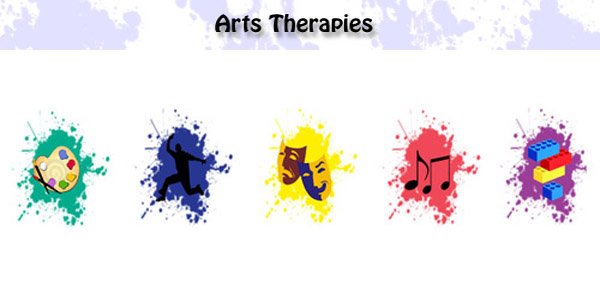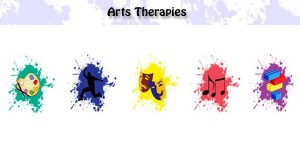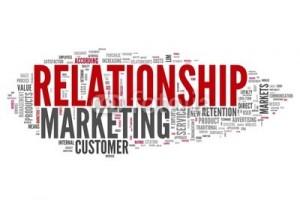“Dance, when you’re broken open. Dance, if you’ve torn the bandage off. Dance in the middle of the fighting. Dance in your blood. Dance when you’re perfectly free.”
― Rumi
Ever thought of treating psychological disorders with arts and dance? Sounds absurd? Psychotherapies have greatly come of age. It is no more just a couch, a client, a therapist with a note pad in his hands and the quest to solve a mysterious dream. Psychology and allied disciplines have been adding new interventions to deal with daily issues and severe mental illnesses and Creative Art and Movement Therapy is one of them.
On the basic premise that the body, mind and spirit are interconnected, the American Dance Therapy Association defines dance/movement therapy as the psychotherapeutic use of movement to further the emotional, cognitive, physical and social integration of the individual.
It is expressive and communicative and uses body movement as the core component of dance. For over 50 years, dance/movement therapists have pioneered the understanding of how body and mind interact in health and in illness. It is practiced in mental health, rehabilitation, medical, educational and forensic settings, and in nursing homes, day care centers, disease prevention, health promotion programs and in private practice.It is effective for individuals with developmental, medical, social, physical and psychological impairments.
This amazing therapy was started in the 1950s by Anne Riodran who gave the eight layer concept of an individual namely: physical, emotional, psychological, intellectual, social, creative, performance and spiritual. She stated that all these eight layer were interdependent and parallel.
In 1966, the American Dance Therapy Association was formed and Marian Chase was assigned as the first president. Then in the more recent years, a women named Gabrielle Roth gave the concept of five rhythms and its effect on the unconscious. the five rhythms were: flowing (sensing, swaying, somatic experiences), staccato (geometry in motion, creating angle and edges), chaos (dancing with id, exaggeration of emotions), lyrical (playfulness, sense of detachment/release/lightness) and stillness (slowing down, deep awareness). Roth said that Chaos was the result of flowing and staccato and lyrical was an aftermath of chaos.
In recent practice with kids suffering from learning disabilities and autism, it has been found very effective as it gives the kids a platform to express themselves either through various dance moves or through drawing various scenes, figures and landscapes. Also, with adults and old age people, this therapy has proved to be successful for treating anxiety disorders and depressive disorders.
Movement Therapy has also made a way to India and is now being learnt by many budding psychologists and therapists and also, it is being practiced by many certified therapists under clinical, hospital and institutional settings helping people overcome their limitations.
Click here for government certification in Learning and Human Resources





14 Comments. Leave new
Well written.Good job!
Excellent
Excellent article
well codified!
nice post..well done
I never came across such interesting infos! Good job!!
Well explained!
Well done!
well researched
Well written 🙂
Superb! This could prove to be fun and successful.
music is the best… great
Well written
nice…